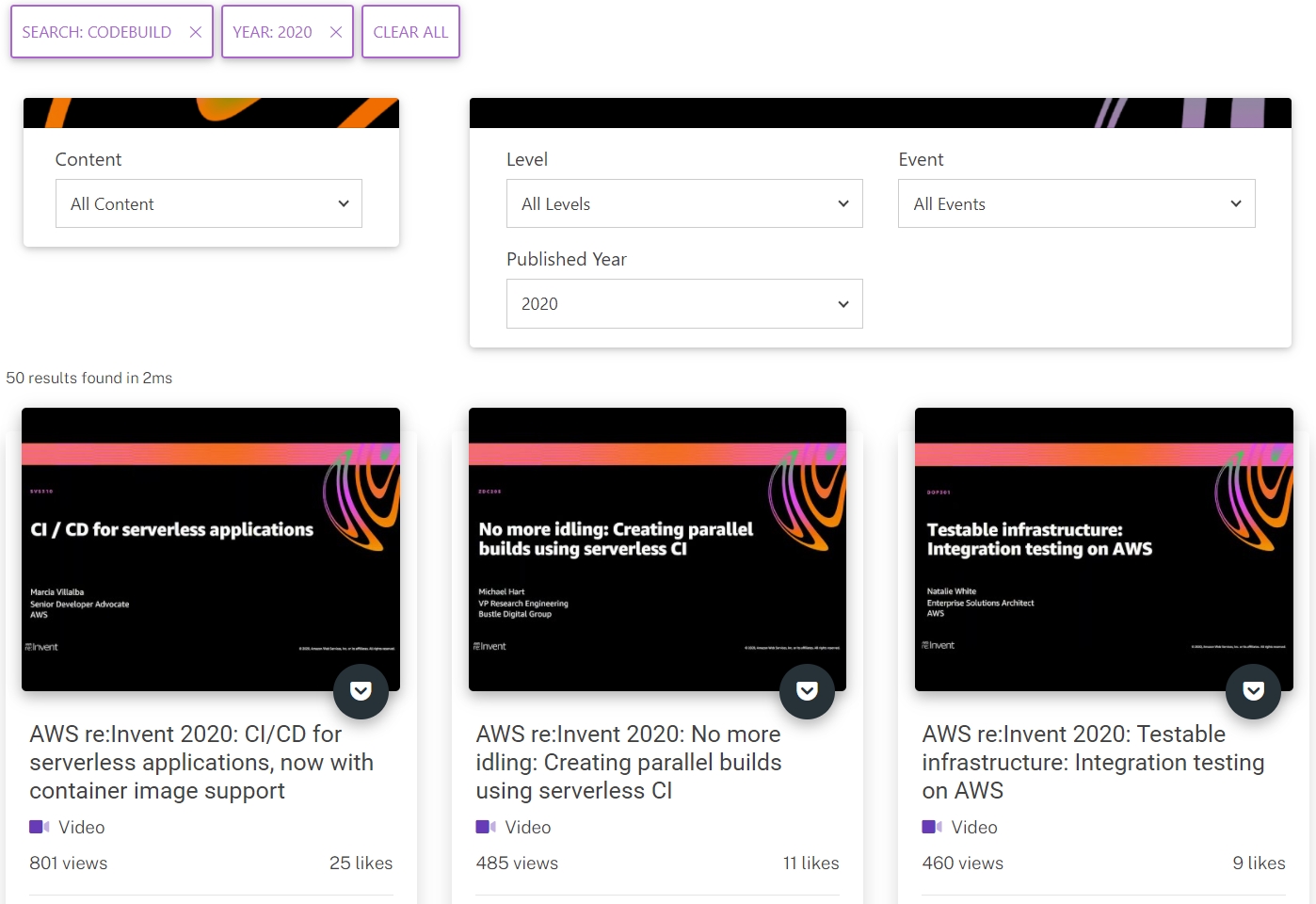Introduction
Planning to take the DevOps Professional Challenge? Achieving this certification is a great way to prove your skills. The journey to get it will take those skills to the next level. In this blog post I’m going to share with you some of the key takeaways from this exam I just sat and passed. These are some of the skills you need to master to pass this exam and to become a more competent AWS Professional. I sat this exam in 2018 and now in 2021, this edition I found to be more in depth, useful and more granular. Your real world problem solving skills will be tested!
Are you ready? Let’s do this.
Software Development Life Cycle Automation
For the last exam it was highly important to know BlueGreen deployment strategies in-depth. The most important part here was to read and understand the white paper. This exam focused more on experience and practice of doing this. For example how would you set up groups in services such as Code Deploy/CodeBuild for this? How would a blue-green deployment look like for serverless architecture patterns? What about other deployment options based on customer requirements? There was not as large an emphasis on OpsWorks, but it is still important to know the concepts and where it would be useful.
I highly recommend you get your hands dirty with the SDLC Automation tools that AWS has to offer – being CodeCommit, CodeBuild, CodeDeploy and CodePipeline. Learn the services, learn the patterns, and get a little practice under your belt to help cement in the learnings. Do leverage all the tools and videos you can find online. There are a number of trainings out there – from AWS Official Self-paced labs, AWS re:Invent videos, ACloudGuruLinux Academy, and there are also useful courses on Udemy. For example, to get more into the features of CodeBuild – see this 2020 re:Invent presentation.

AWS re:Invent 2020: Turbocharge your code builds with AWS CodeBuild
There is a site I have found useful – called AWS Stash – that you can use for customized searches of all published re:Invent video content. You can also find slides of these on slideshare. Here is a sample search for material that can help you with this exam, filtered to 2020 (You can do prior years too, or everything, but be wary that you are studying up to date material) AWS Stash Search – CodeBuild Videos 2020.
Go through here, some of the first ones I can tell you are useful – CI/CD for Serverless and Containerized applications is an important concept to know. It is not enough to know the deployment patterns for standard three-tier applications – know the different patterns. Become well versed in CI/CD.

Deployment Strategies
Just as it’s important to know CI CD, you need to know all the different patterns for how to deploy your applications. These will vary greatly depending on the requirements you are facing. It is highly important to have a firm grasp of your RTO and RPO, and which designs will and won’t work for what you are given. Again, this is based more on practice than on theory. Make time to study and prepare for this challenging exam. Understand when to use Blue Green deployments, A B testing, Rolling Deployments, Immutable deployments, and which combinations of AWS Services are best to faciliate these. Is this a good use case for CloudFormation? Elastic Beanstalk? OpsWorks? Know your services and how they can be customized and optimized.
Take the time to learn how a classic three-tier application can have disaster recovery automation, and conversely, how would it look like for a Serverless architecture. Where would it make sense to migrate to another technology, or where can you optimize what you currently have?
Governance and Configuration Management
I find it important to know all the different areas where AWS Automation can help you manage large and small organizational challenges. How do you handle encryption for S3 buckets? For EC2 Instances? What look like seemingly small issues quickly escalate when you deal with large multi-account organizations and your resources go from the dozens to the hundreds or even thousands. Understand some of the different patterns which you can solve for with services such as Amazon Inspector, Trusted Advisor, and AWS Config.
Also important overall for all the services discussed in this blog post is to understand troubleshooting. Don’t be afraid to experiment and make mistakes! Following an online lab or your experiment, ideally, should go wrong a couple times rather than right – here is where I feel some of the real learning is. Fail fast, fail often and learn. You can also leverage the troubleshooting sections in the documentation sections for these services. Know the common issues and how to resolve them.
Conclusion
I’ll repeat here my steps for success for any AWS Certs post:
In Summary, to successfully build your skills and get AWS Certified – I recommend the following steps:
- Overview: Build your high-level knowledge. Utilize AWS Documentation, training, books, re:Invent
- Get experience – work on labs or personal projects – get your hands dirty.
- Throughout all of this – take good notes! Note patterns as they emerge.
- Review the Exam Blueprint, sample questions and practice exams.
- For any areas you are weak in – go back to lectures, re:Invent videos, AWS documentation, and self-paced labs. Repeat until you feel sufficiently ready andor time’s up! (Set a date! Learn under duress)
Good Luck on your AWS Certification Journey!
Jorge Rodriguez
Lead Cloud Engineer
[email protected]
Resources
ACloud Guru DevOps Engineer 2020 Course
Udemy DevOps Cert Course by Stephane Maarek
Free Lectures for below course – try before you buy. Also look out for frequent Udemy Sales.




